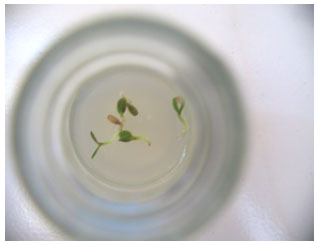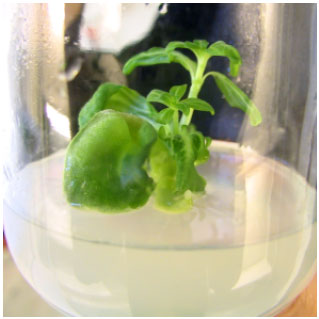Research Article
In vitro Germination and Early Seedling Growth of Zinnia elegans
Departmentof Biology, Faculty of Science, Islamic Azad University, Mashad Branch, Mashad, Iran
F. Abbasi
Departmentof Biology, Faculty of Science, Islamic Azad University, Mashad Branch, Mashad, Iran
S. Rohani
Departmentof Biology, Faculty of Science, Islamic Azad University, Mashad Branch, Mashad, Iran












